Reflections on 12 years at the Forest Stewards Guild
Written by Amanda Mahaffey
Spoiler Alert:
In April, I’ll be transitioning from the Guild to a new employer. Yes, it’s a big change, but no, the world will not end with my departure.
You’re leaving? Oh, no! Where are you going?
I will be a voice for forests in an agency without “Forest” in its name. I look forward to sharing more details when the hiring process is complete. For now, be assured that I will remain a familiar face in the woods in the Northeast. (By the way, I will also be at New England SAF later this month. Come join us at our Guild dinner on Thursday, March 28!)
Why? Why now?
In my time on staff at the Guild, I have been instrumental in the growth of programs such as Women Owning Woodlands and Foresters for the Birds. I have built up support for communities of practice in forest climate adaptation and the North Atlantic Fire Science Exchange. I have stood on stumps and rallied participants at countless field trips, workshops, and virtual events. Since being promoted from Northeast Region Director to Deputy Director in 2019, I have had the privilege of joining the Guild leadership team with Eytan Krasilovsky and Zander Evans. Together, we have navigated Guild staff and programs through challenges (such as the pandemic) and successes (many!) over the last five years. I have learned tremendously and grown immeasurably through these rich experiences at the Guild, and I am indebted to my awesome coworkers, collaborators, and Guild members.
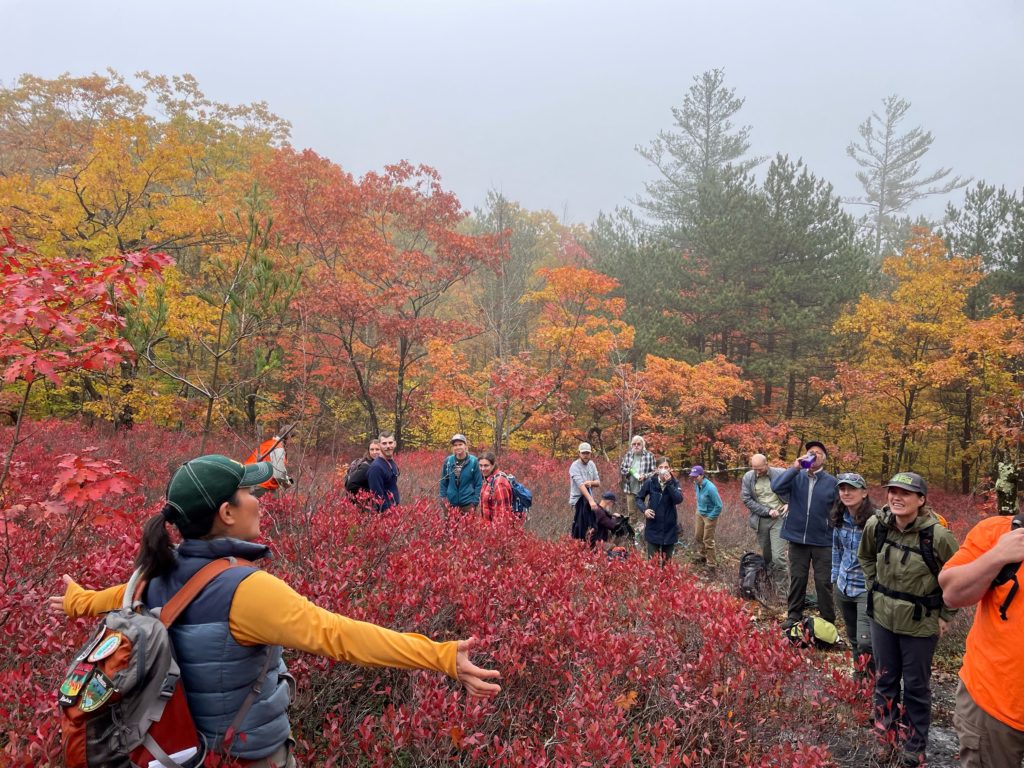
In 2020, I was honored as the recipient of the New England SAF Mollie Beattie Young Forester Leadership Award, which was named for a fierce advocate for ecosystem approaches and the first woman director of the U.S. Fish and Wildlife Service. Gradually, it dawned on me that in working with forests and people, I had developed skills that could have great impact in the right venue, and perhaps, that venue might be the federal service. I have done great work at the Guild and am ready to take these experiences into the next chapter of my forestry career.
I love the Guild and all it stands for. I love my coworkers and colleagues and Guild members I’ve had the privilege of walking with in beautifully managed forests all across the country. I know that in moving on from the Guild, I will be leaving it in excellent hands. As foresters, we know that the testament to our work is not in the trees we take, but in the forest we leave behind. I am leaving behind a “forest” in better shape than I found it, ready for the next cohort to grow and thrive.
Will you stay involved in the Guild?
Of course! I first joined the Guild as a student member in 2003, and I was “raised” in my forestry career steeped in Guild values, principles, and friendships. I was honored to participate in the Membership Committee and Board of Directors, and I’m proud to have remained a paying professional Guild member through my 12 years on staff. I also aim to recruit new Guild members among my new coworkers. I am excited to elevate the Guild’s ecological forestry principles in my new workplace.
What are some Guild moments that stand out in your memory?
I have been to SO many places with amazing Guild members through the years, it’s hardly fair to try to choose my favorite snapshots. For every photo I’ve shared, there are a hundred more, each with a story of a collaboration, a new forest type, a kindship with forest stewards, a spark of forest wisdom shared. It has been an absolute privilege to walk the woods with such amazing people.
2011
The Forest Guild Board of Directors gathers in Santa Fe, NM
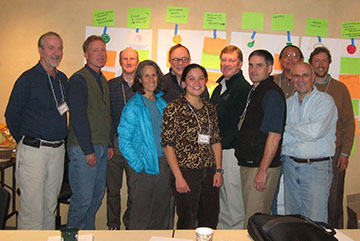
2012
Guild members Barrie Brusila and Mitch Kihn graciously hosted a workshop on invasives management at their home woodlot in Warren, Maine.
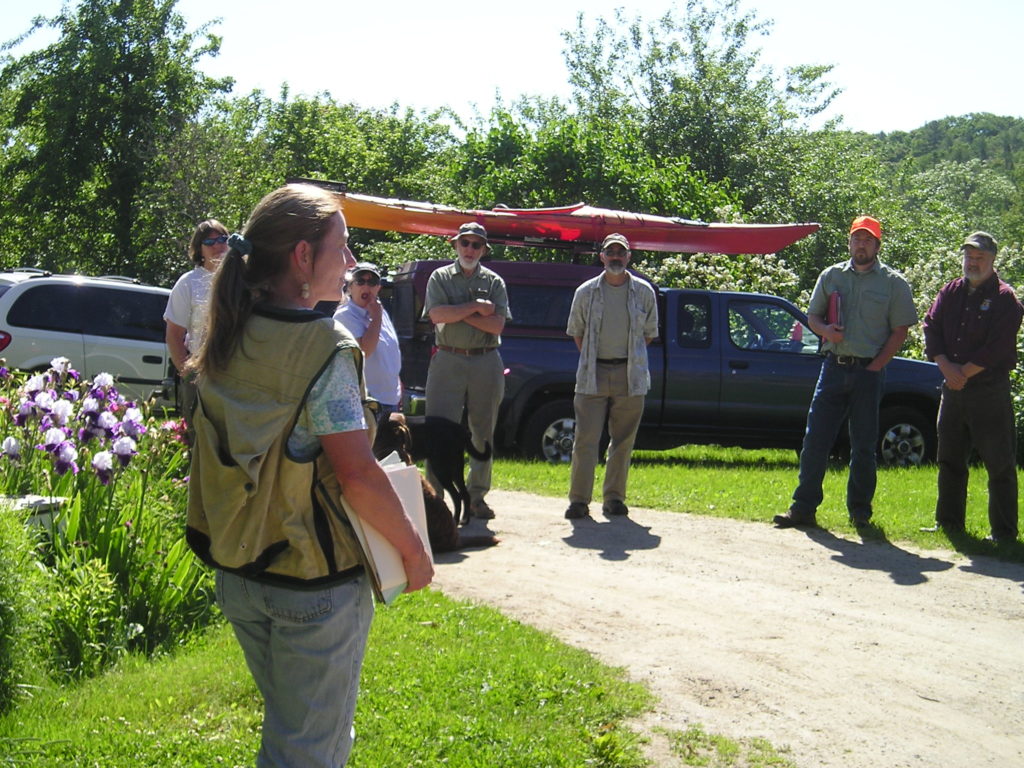
2013
Zander joined me in NJ to co-facilitate a workshop on Restoration and Resilience in New Jersey’s forests. This was the first of many times I would use sticky notes and dots to facilitate strategic thinking.

2014
The National Meeting in Burlington, VT was epic! So many awesome people volunteered their time and participated in this monumental event that spring boarded the Guild into forest climate adaptation work.
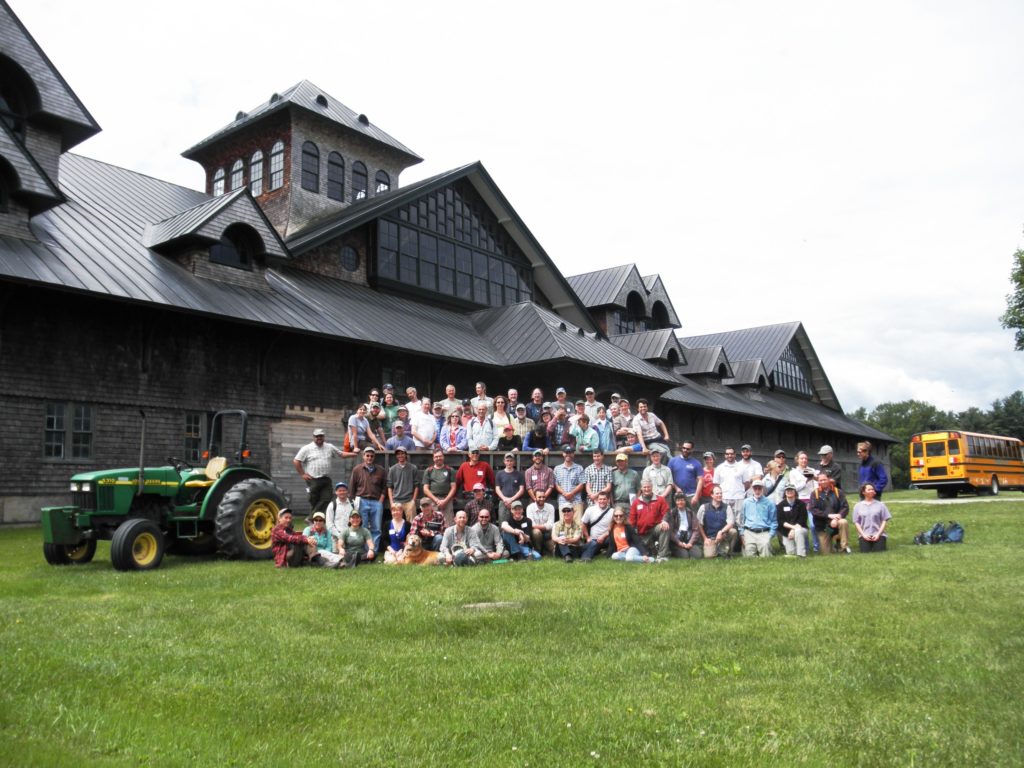
2015
Building on the work of Guild members in Vermont, Sally Stockwell and I teamed up for countless Forestry for Maine Birds workshops, which helped spread this program to new states. This photo captured a field day with the Wabanaki Youth in Science program.
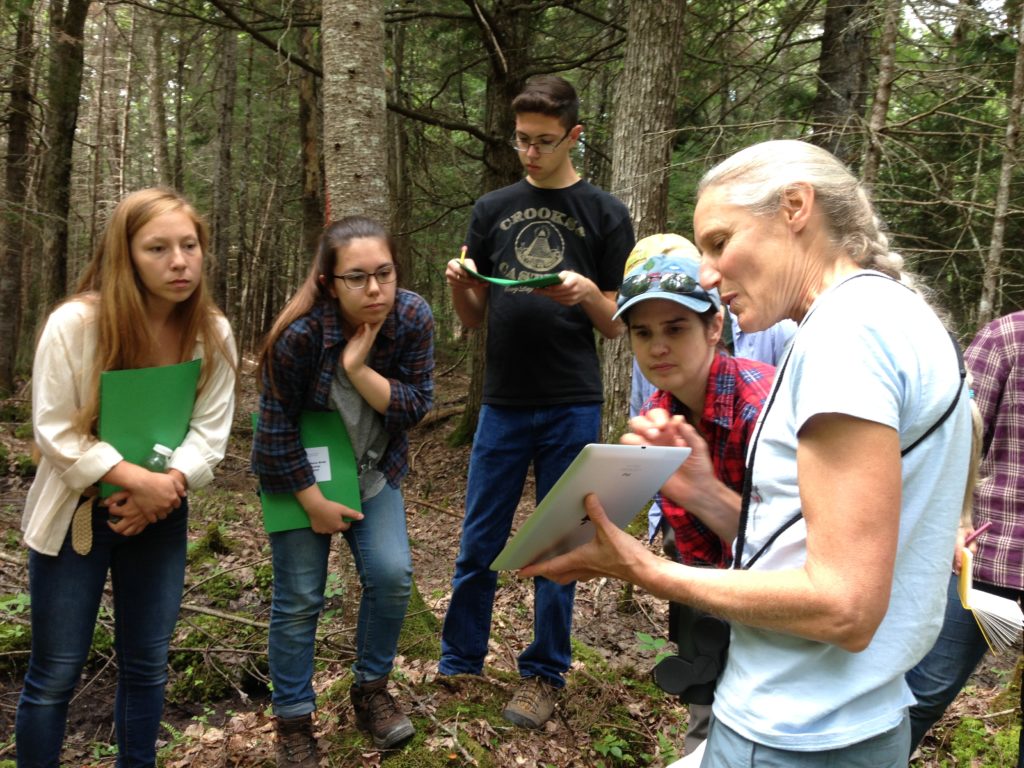
2016
I became involved in the Guild’s work in ecological forestry in bottomland hardwood forests of the southeastern U.S. This work led to the expansion of the Guild’s programs in the Southeast region.
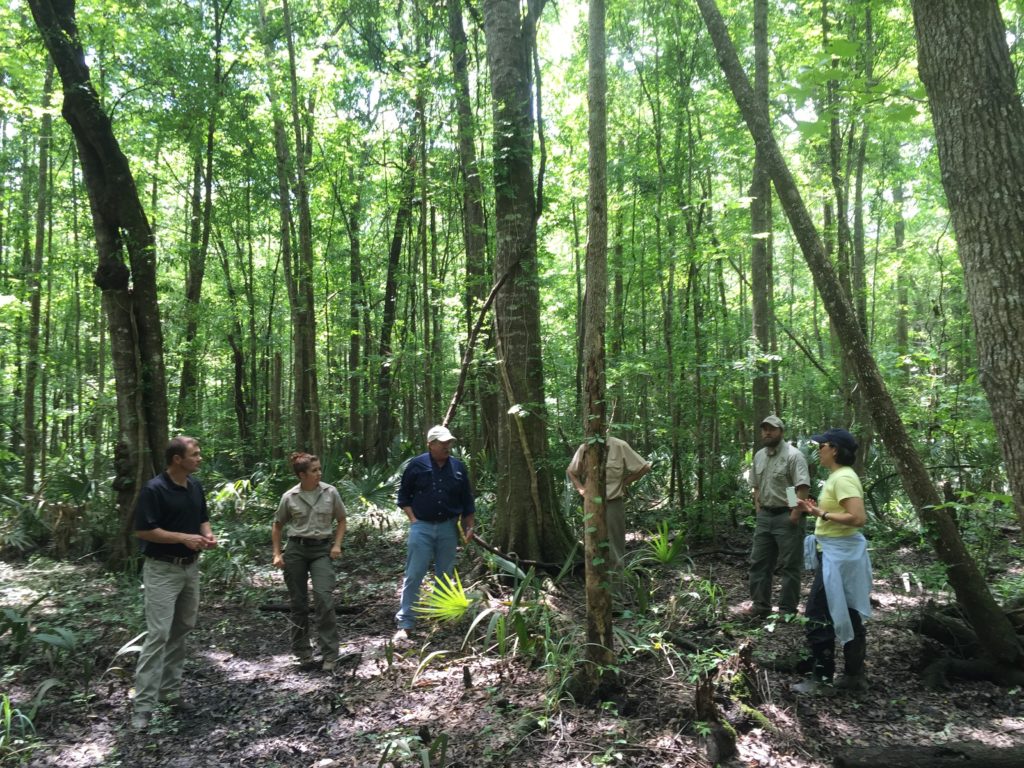
2017
A Guild Gathering in northern New Hampshire brought together some giants in forest wisdom. Every Guild Gathering reminds me of the lessons taught by our mentors in the forestry profession.
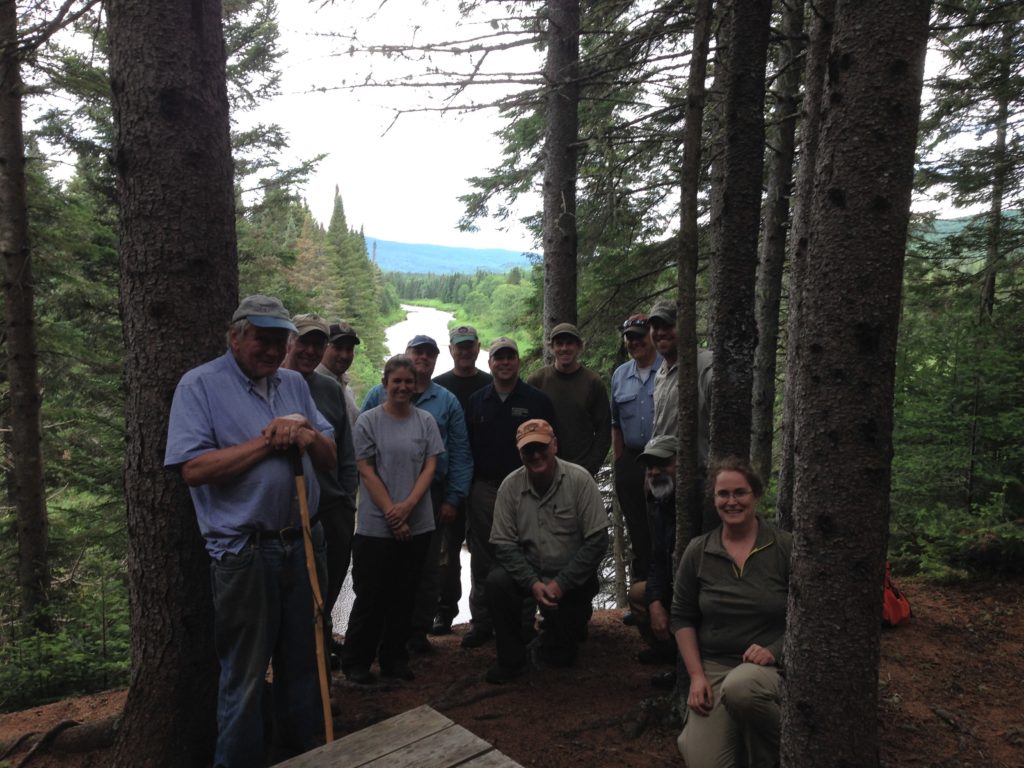
2018
A women-focused woods walk at a Foundation for Sustainable Forests field tour in western Pennsylvania drove home the value of creating space for women landowners to ask questions and learn from one another.
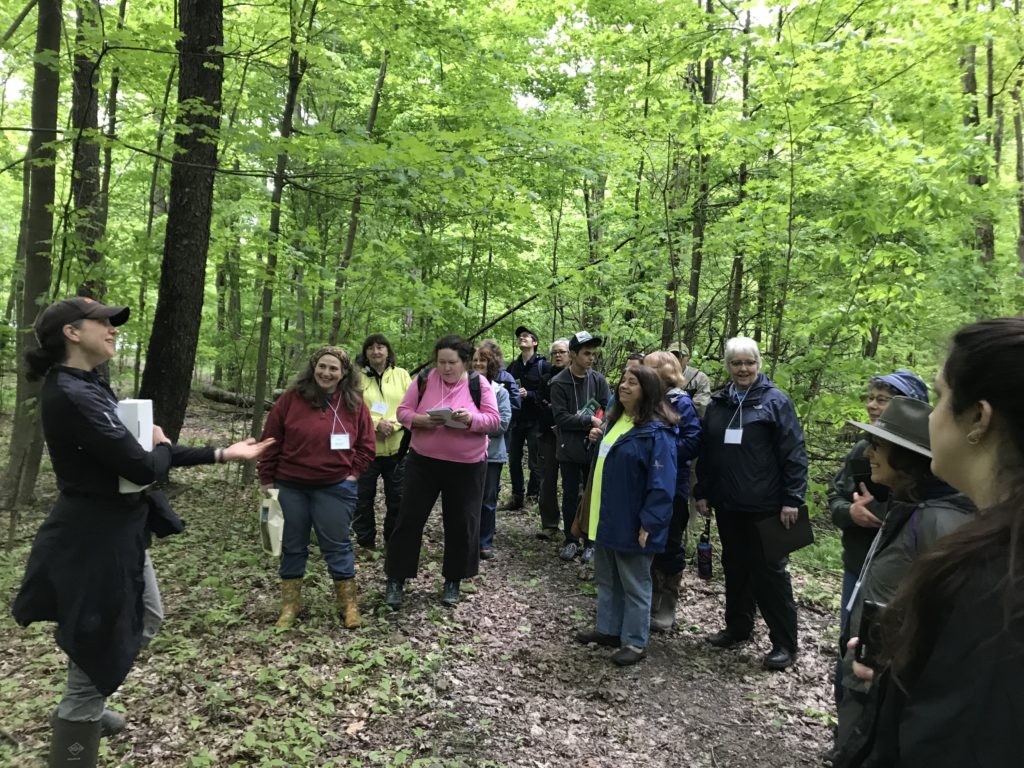
2019
Guild Gatherings that summer at Stone Fence Farm in New Hampshire, Appalachian Mountain Club lands in Maine, and ash silviculture sites in Vermont highlighted the joy of Guild membership.
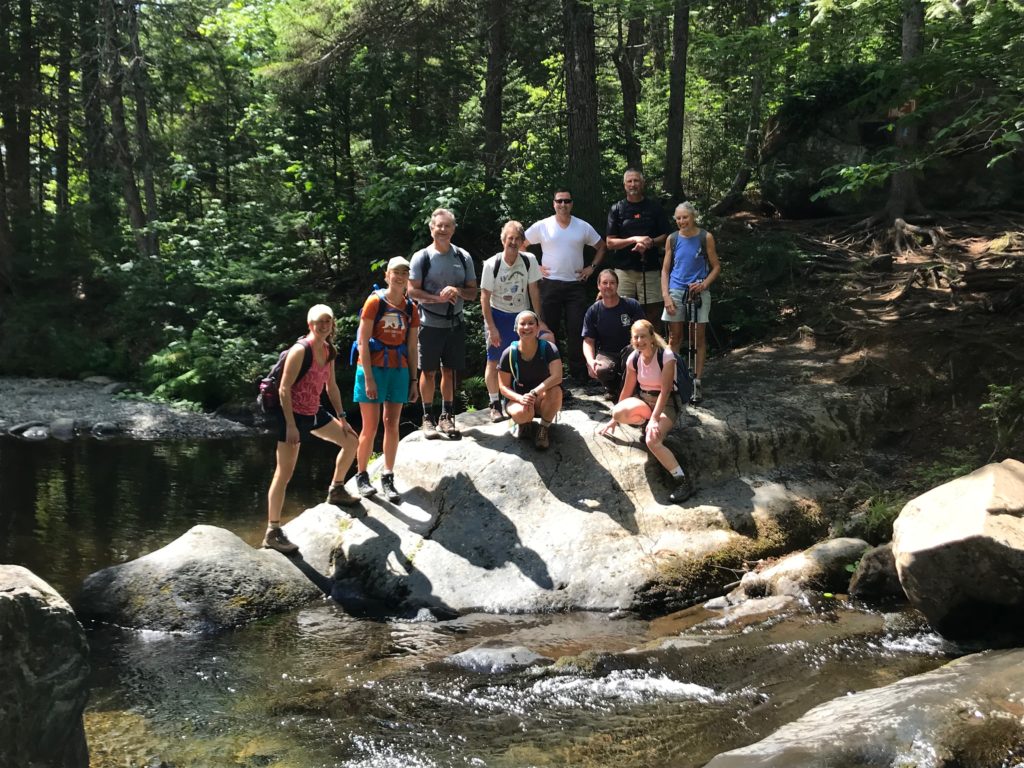
2020
We overcame pandemic challenges to meet the demand for women’s chainsaw safety workshops after months of social isolation. I’ve had the privilege of facilitating several such workshop alongside Guild member tish carr, all with a goal of empowering women landowners.
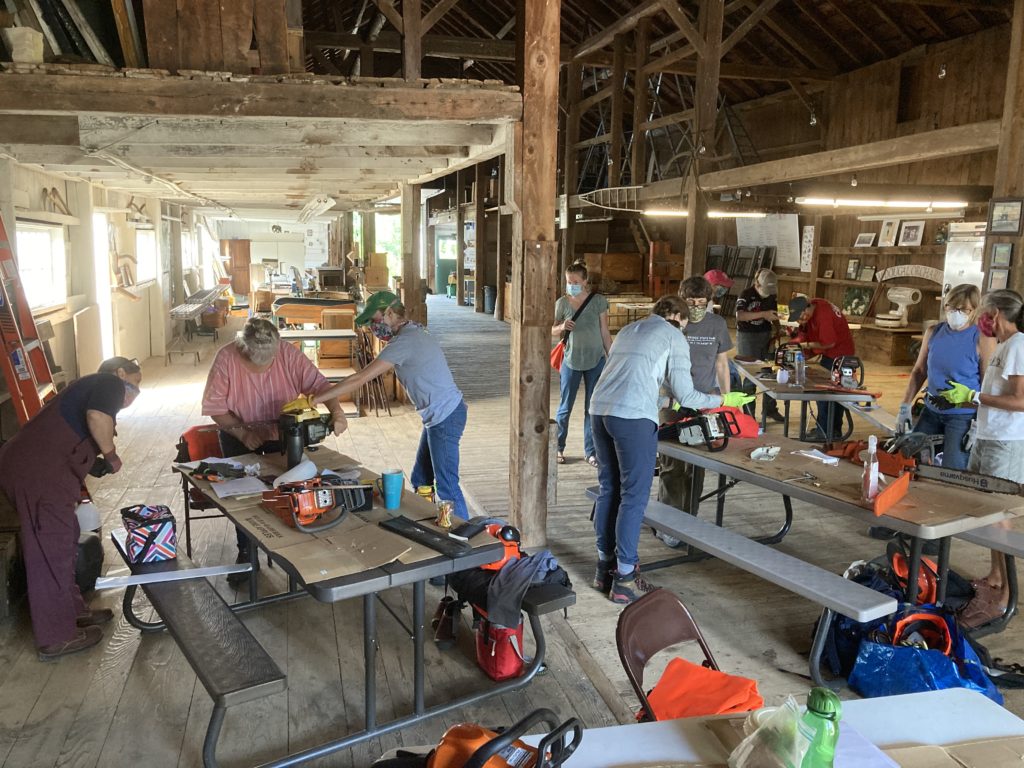
2021
A field trip on oak resiliency, part of a multi-year project across southern New England, brought me back to the Quabbin Reservoir, where Guild member Bruce Spencer first taught me how to mark trees.
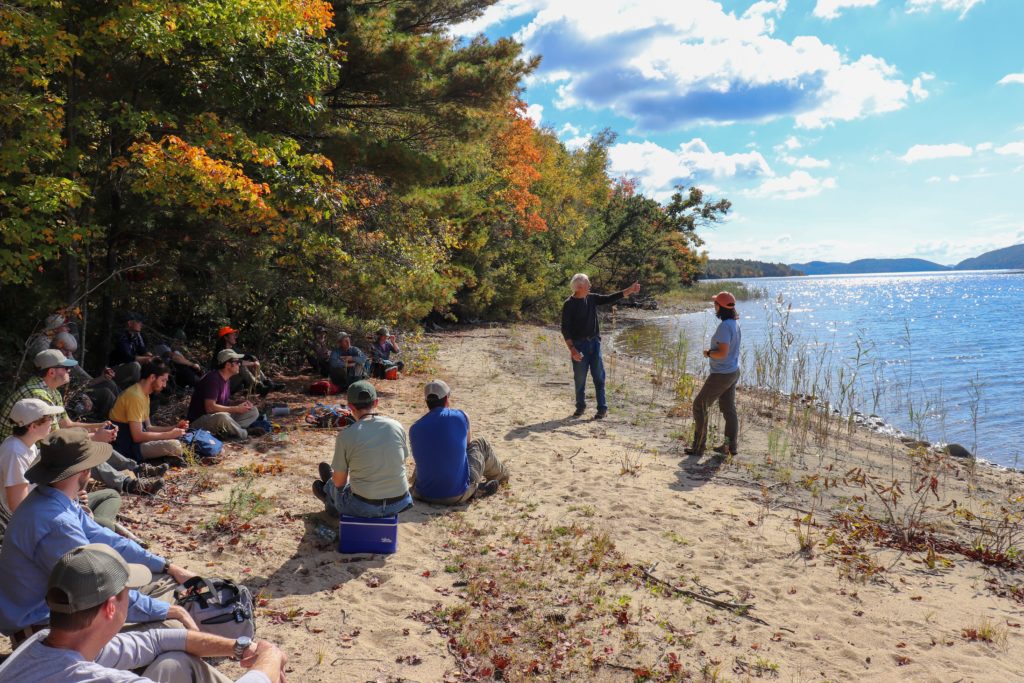
2022
The prescribed fire training exchange (ME-TREX) brought fire practitioners from across the country to Maine for two weeks of learning and burning together. This event also reunited me with my squad mates from my wildfire assignment in Quebec.
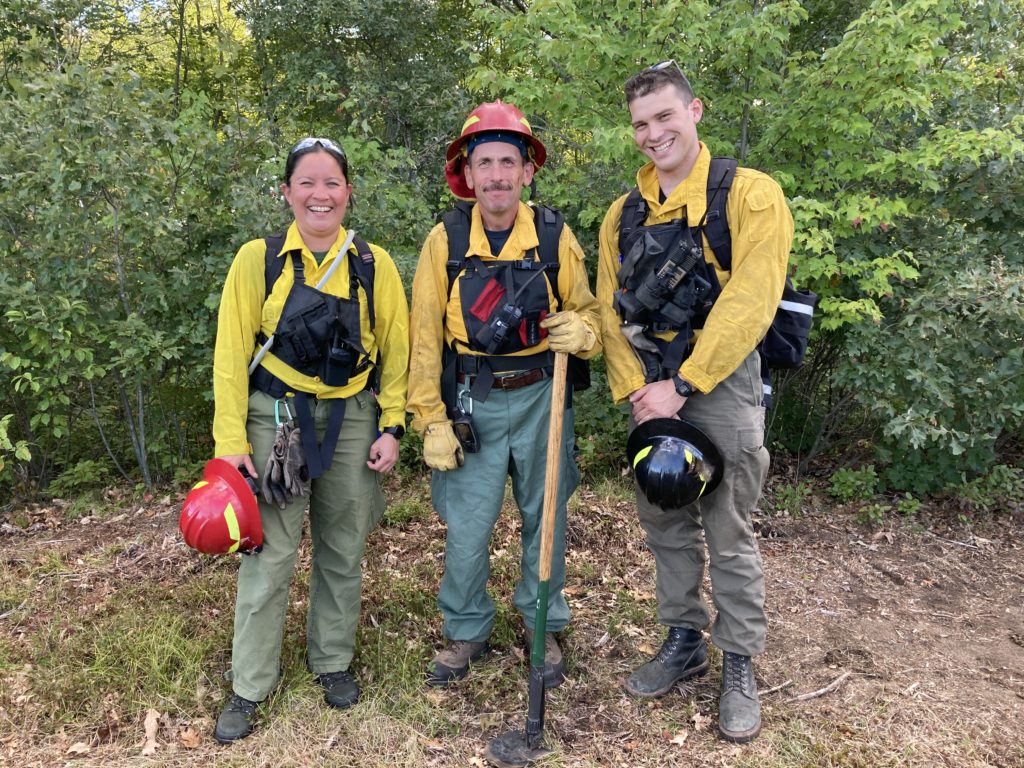
2023
The Guild staff retreat in Santa Fe, New Mexico reminded me how very special our team is. I was privileged to represent the Guild at several fire-related gatherings out West that year, built on our decades of work in the Southwest.
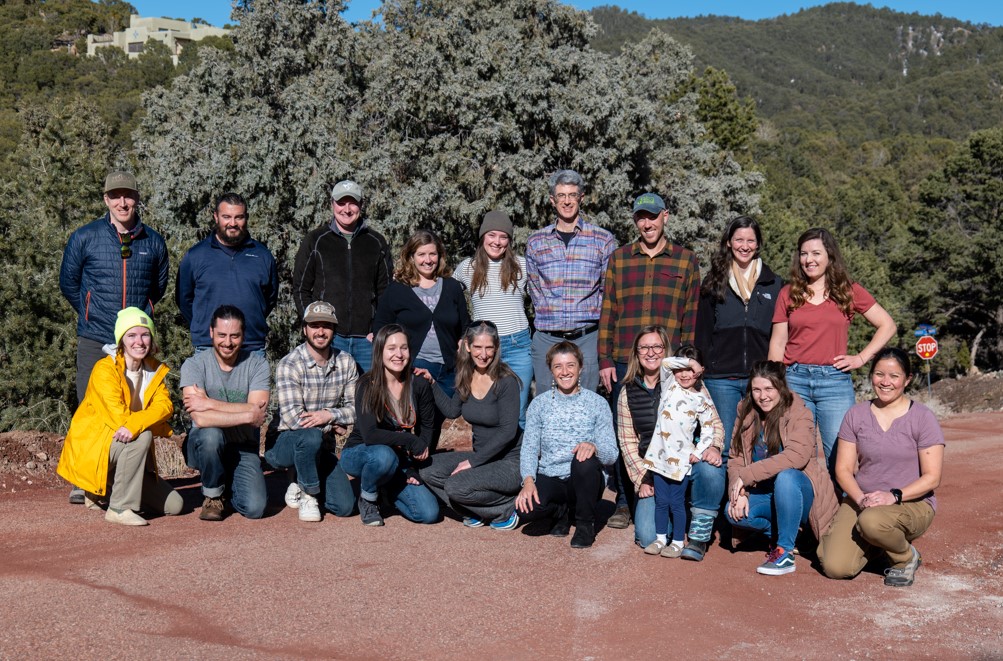
2024
A recent FCCI field tour addressed beech management under pressure from both beech bark and beech leaf disease. As one speaker said, “Everyone has an opinion about beech.” The Guild helped create the space through this series for practitioners to share learning and adapt our management under the changing climate.
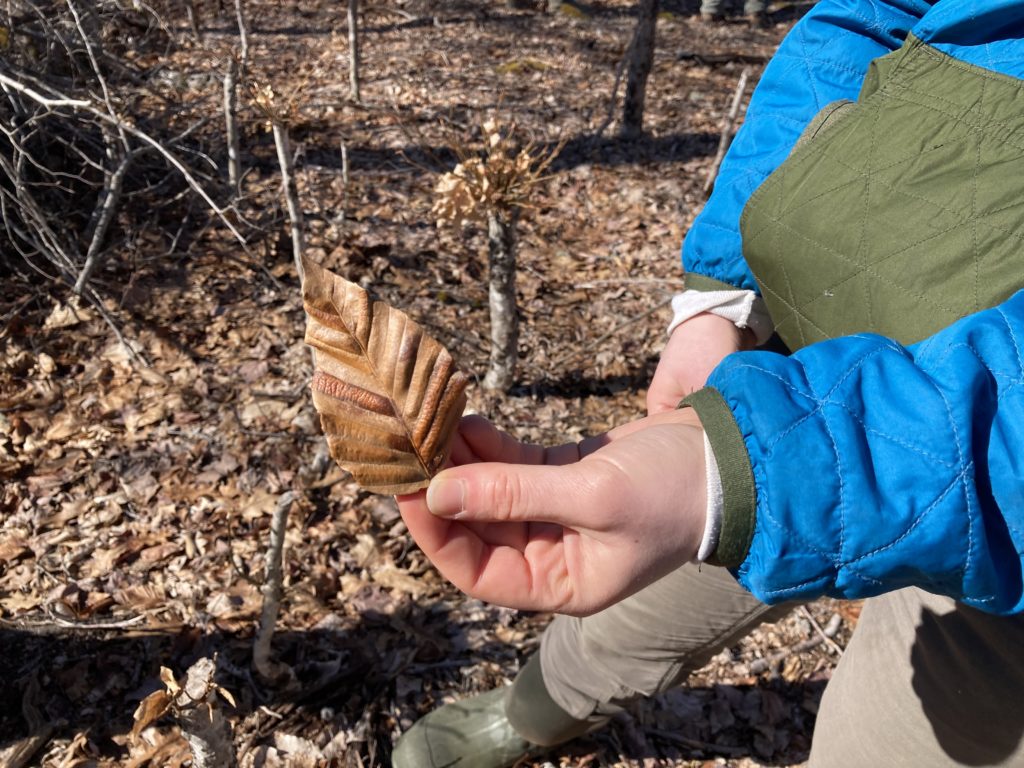
Where do you see the Guild going in the years ahead?
I believe we will see the Guild continue to embrace a diversity of perspectives such as those in Seeing the Forest for the Queers, ongoing collaborations that elevate Indigenous perspectives, and conversations yet to be imagined that open our minds to new ways of looking at the forest and our relationship with it. The Guild will also expand our work with youth and young professionals in forest stewardship. I also believe that fire will be increasingly recognized as a natural force and as a management tool. There is much good work to be done in this realm, and the Guild is well-positioned to do it.
Since our founding in 1995, the Forest Stewards Guild has managed to evolve to meet the needs of the changing forest landscape and the forest stewardship profession. While I can’t tell you where we’ll be 30 years from now, I bet the Guild will continue this trajectory. Wherever we go, Guild members and staff will support the integrity of forest ecosystems and the human communities that depend upon them. How that happens is up to the next cohort of forest stewards, in the Northeast and nationally. I have done my part to build up the team at the Guild and support the growth and evolution of our membership. I look forward to seeing where tomorrow’s leaders will take us!
Editor’s note: Amanda leaves us with this lovely, brief video gift. I think she captures it well, how our contributions in the Guild lead invariably to contributions to the meaning and richness of our own lives. Thanks for all you do, Amanda! We will miss you on staff!
